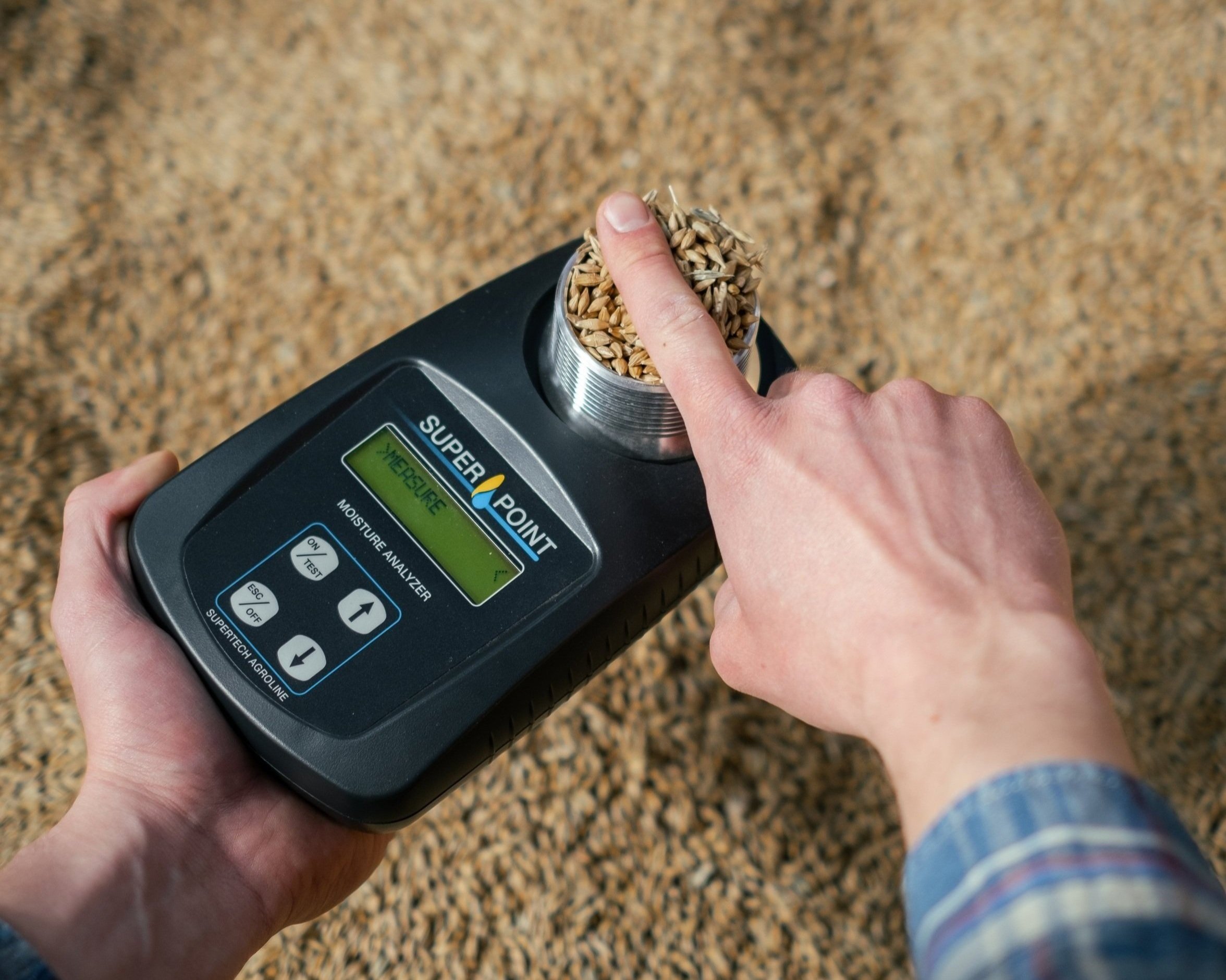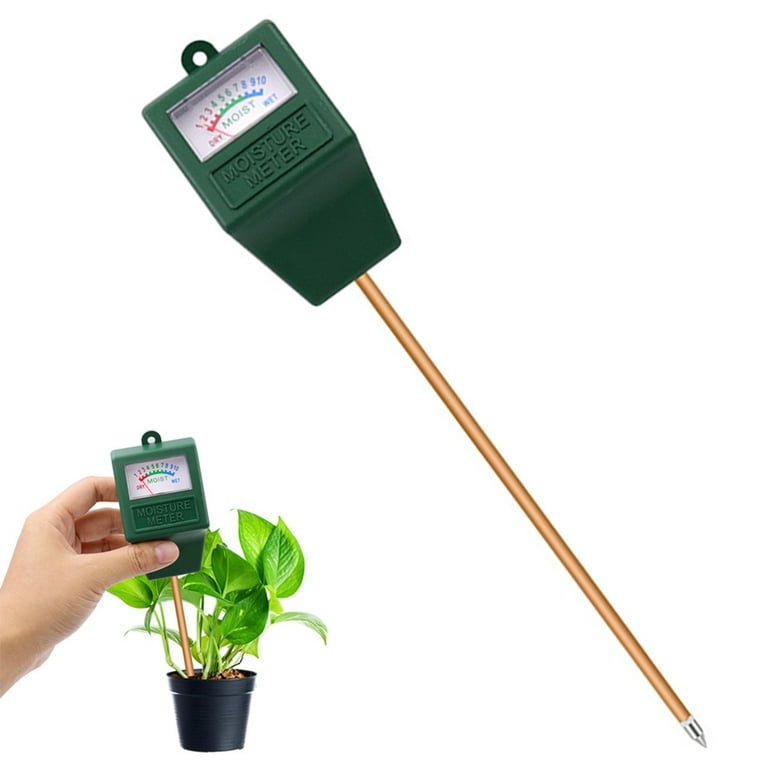Moisture Meter Reviews: Contrasting the very best Models for Professional and Do It Yourself Use
Moisture Meter Reviews: Contrasting the very best Models for Professional and Do It Yourself Use
Blog Article
Delve Into the World of Wetness Meters: Every Little Thing You Need to Know
In the world of moisture meters exists a globe of precision and practicality that frequently goes unnoticed. Recognizing just how moisture meters operate, the various kinds readily available, and their diverse uses can shed light on their significance in ensuring top quality and performance.
Just How Moisture Meters Job
Dampness meters run by determining the electrical conductivity or capacitance of materials to figure out the moisture material existing - Moisture Meter. These meters are very useful tools across numerous industries, consisting of woodworking, farming, and building and construction. By making use of various approaches such as pinless or pin-type innovation, wetness meters give accurate readings that aid professionals make informed choices
Pin-type moisture meters function by inserting the sharp pins right into the product being evaluated. On the other hand, pinless wetness meters make use of electromagnetic signals to scan a larger location without causing any kind of damage to the material's surface.
No matter the technique used, moisture meters play a crucial duty in stopping concerns such as mold growth, architectural damage, or item defects brought on by excess dampness. Understanding just how these meters job is vital for making certain the quality and integrity of materials in various applications.
Sorts Of Moisture Meters
Offered the essential duty dampness meters play in numerous markets, it is necessary to understand the different kinds readily available to experts for precisely assessing wetness levels. There are largely 2 primary kinds of moisture meters: pin-type and pinless dampness meters.
Pin-type moisture meters utilize 2 pins that are inserted right into the material being examined to determine the electric resistance in between them. This method is generally utilized for timber, drywall, and other building materials. Pin-type meters provide specific readings at details midsts, making them perfect for recognizing moisture gradients.
On the various other hand, pinless dampness meters use electromagnetic sensor plates to scan a larger area of the product without creating any damages. This kind is appropriate for rapidly scanning big locations and is frequently used for flooring, walls, and ceilings. Pinless meters are hassle-free for taking readings on completed surface areas without leaving any type of noticeable marks.
Both types of wetness meters have their advantages and are chosen based on the specific requirements of the task handy. Understanding the distinctions in between these types is important for professionals to make precise moisture evaluations.
Applications Throughout Industries
Building and construction experts depend on dampness meters to assess the wetness levels in building materials like drywall, wood, and concrete, which is critical for keeping structural stability and protecting against issues like rot or mold. The floor covering sector utilizes dampness meters to determine the dampness material in subfloors prior to setting up different floor treatments, avoiding expensive damages due to excess wetness. In the food sector, wetness meters are utilized to keep an eye on and manage moisture visit site degrees in products such as grains, nuts, and dried fruits to keep quality and quality.
Tips for Making Use Of Wetness Meters
When gauging the dampness material in numerous materials,Utilize the wetness meter's calibration settings to make sure precise analyses. Calibration is important for the proper functioning of a moisture meter. Prior to each usage, it is advisable to check and adjust the calibration settings according to the particular material being evaluated. Furthermore, make certain the meter is readied to the appropriate moisture range for the product you are gauging to get the most accurate results.

When utilizing a pin-type wetness meter, put the pins to the appropriate depth recommended for the material being tested. This guarantees that the wetness analyses are drawn from the right deepness within the product, giving a much more precise depiction of its wetness material. For pinless moisture meters, keep in mind to keep proper call check out here with the product's surface area to obtain trusted analyses.

On a regular basis examine and replace the batteries in your dampness meter to avoid imprecise readings as a result of reduced power. When not in usage to lengthen its lifespan and preserve its accuracy, Store the meter in a completely dry and risk-free location. By following these tips, you can make best use of the efficiency of your wetness meter and obtain specific wetness material measurements throughout different materials.

Upkeep and Calibration
To guarantee the precision of moisture content dimensions, regular maintenance and calibration of the moisture meter are important steps in its correct functioning. Calibration adjusts the wetness meter to ensure that it offers reputable and regular outcomes.
Calibration should be performed occasionally, specifically if the wetness meter is utilized regularly or in important applications where accurate measurements are needed. Several moisture meters come with calibration devices or can be adjusted by specialist solutions - Moisture Meter. It is suggested to maintain a log of calibration days and results to track the performance of the moisture meter gradually. By calibrating the moisture and maintaining meter on a regular basis, individuals can trust the precision of the dampness material measurements obtained.
Final Thought
Finally, dampness meters play a crucial function in various sectors by precisely measuring the moisture web content of materials. Comprehending how these devices work, the different kinds available, and appropriate upkeep and calibration are essential for acquiring dependable results. Whether in farming, production, or building and construction, making use of moisture meters assists ensure quality control and efficiency in procedures.
Building and construction professionals count on web link dampness meters to assess the dampness degrees in building materials like timber, concrete, and drywall, which is critical for keeping architectural stability and avoiding problems like rot or mold. The floor covering market utilizes wetness meters to measure the moisture web content in subfloors prior to mounting numerous flooring coverings, stopping pricey damages due to excess dampness.Make use of the dampness meter's calibration setups to ensure exact analyses when determining the moisture web content in various materials. By adhering to these ideas, you can take full advantage of the performance of your wetness meter and get accurate dampness content measurements across various materials.
In final thought, moisture meters play an essential duty in numerous industries by precisely gauging the moisture content of materials.
Report this page